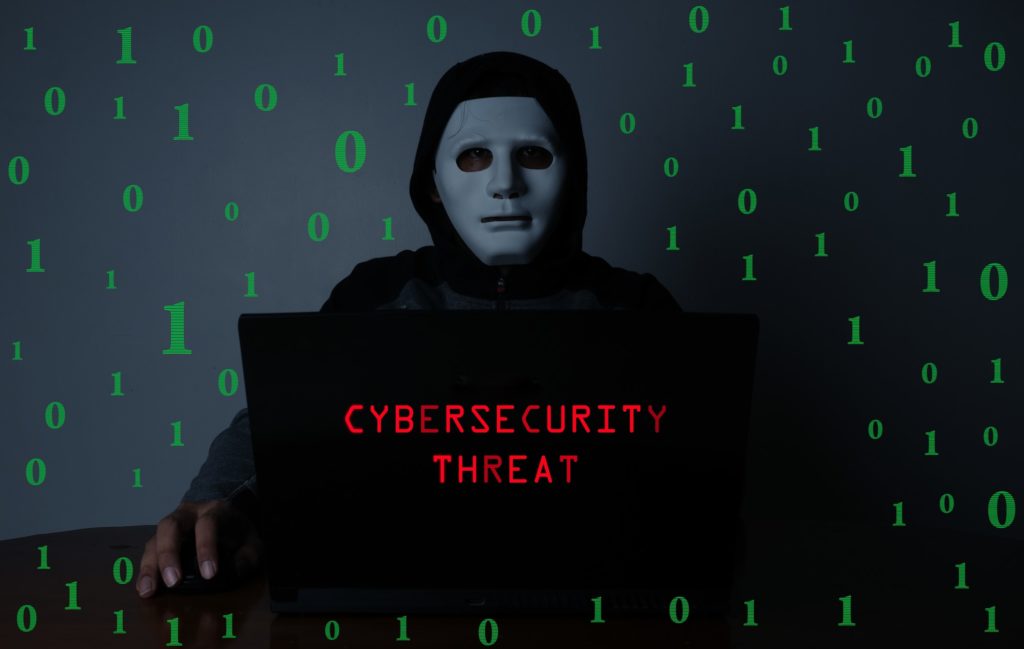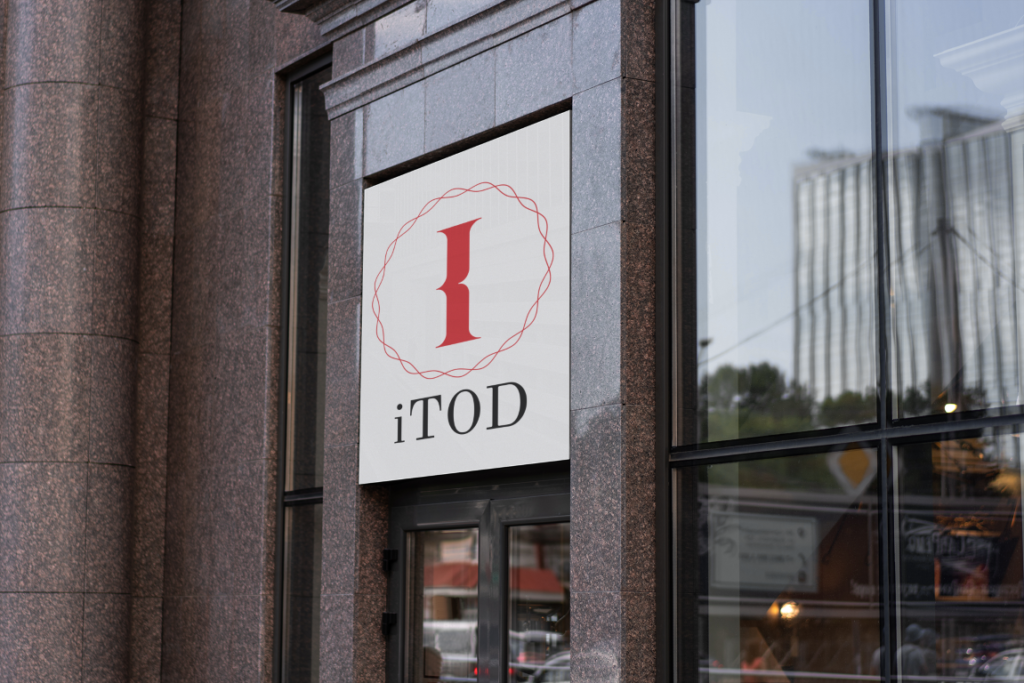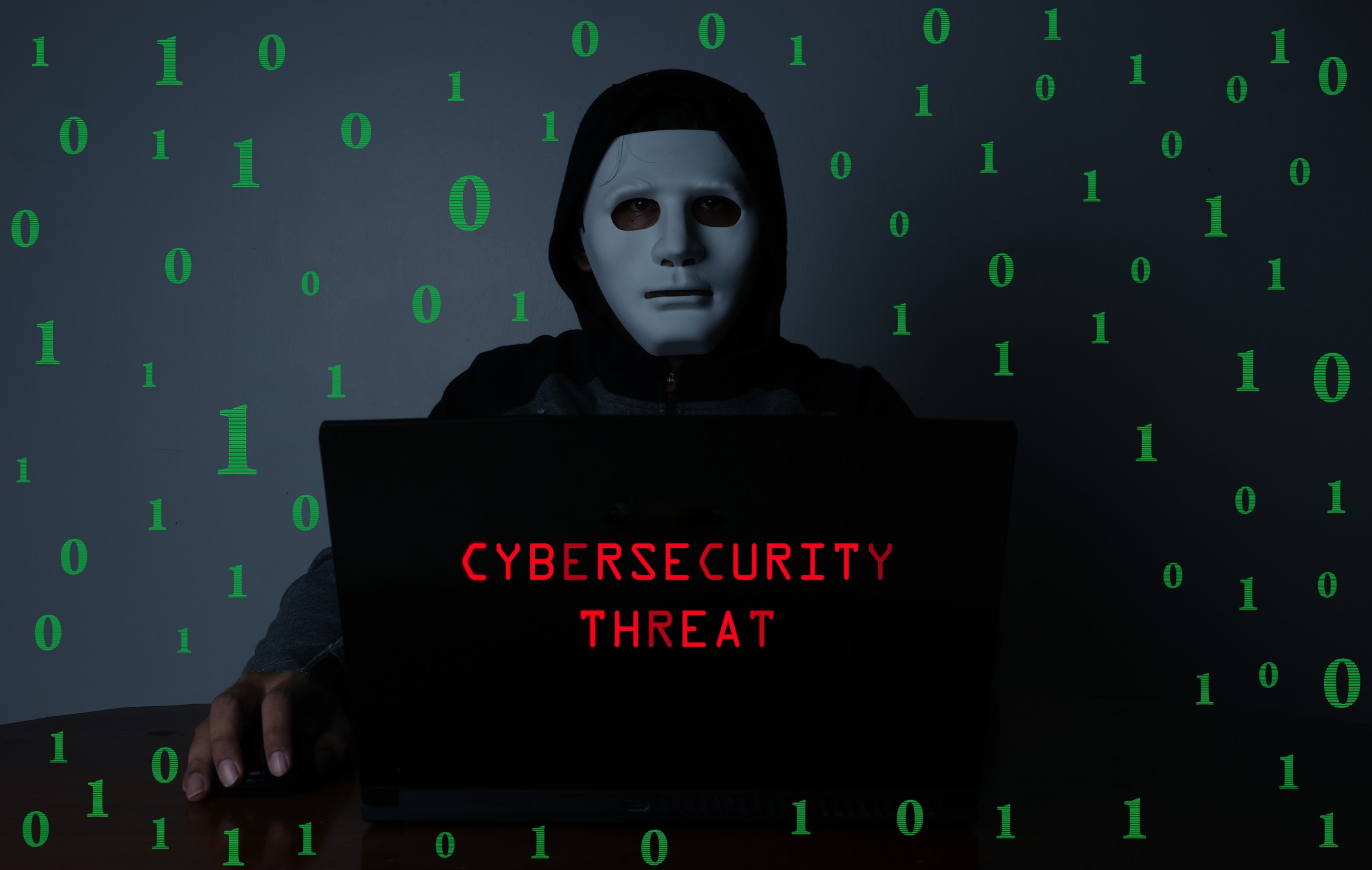Cyberattacks have escalated as organizations utilizing a remote workforce have grown exponentially over the past few years. The trend of doing business online, making online payments, and storing data in the cloud is becoming the norm.
For many years, cybercriminals would only attack large corporations, and small businesses were never really a target. However, with the changing times, any organization that conducts business online or through computers, no matter how large or small, is at risk of a Ransomware attack.
According to Tech Times, 71% of Ransomware attacks target small businesses focusing on dental and doctor offices. What does this mean for your practice? What could happen to your business if you become a victim of a ransomware attack? How can you prevent cyberattacks?
What is Ransomware?
Ransomware is a type of malware that restricts access to your data by encrypting it. When someone clicks on a fraudulent link in an email or downloads an infected file attachment, the Ransomware is activated, gaining control of a computer or network.
There are two main types of Ransomware:
- Locker Ransomware – This will lock users out of their devices. A cybersecurity expert may be able to restore access.
- Ransomware encrypts a user’s data. Without a unique decryption key, which the hackers may or may not provide, access to the data will be impossible.
Ransomware can also infect a system by being delivered through security holes without a user taking action. Some unsupported and older versions of Microsoft Windows are generally vulnerable to these attacks. Newer systems without security patches are also vulnerable.

A Ransomware attack occurs when a cybercriminal hijacks your computer or network, demands payment, usually in a cryptocurrency, or threatens to destroy or publish your sensitive data if payment is not received.
How Often does Ransomware hit a Dentist’s Office?
Today’s ransomware attacks happen in a matter of seconds. Ransomware affected a new company every 14 seconds in 2021. According to estimates, a company will be hit by Ransomware every 11 seconds by 2023.
Small businesses have become targets of ransomware attacks more frequently recently. Of all reported attacks in 2020, 55% hit businesses with fewer than 100 employees.
Who is behind cyberattacks?
Corporate networks are vulnerable to a wide range of cyber assaults by criminal groups, governments, and individuals. Outsider versus insider threats is one way to distinguish cyber-attack risks.
Outsider threats
- Organized criminals or criminal groups
- Professional hackers, such as state-sponsored actors
- Inexperienced hackers
Insider Threats
- Employees who are unaware of security standards and procedures put their company at risk.
- Former or current workers who are dissatisfied with their job.
- System access for business partners, clients, contractors, or suppliers

At a recent conference, iTOD (IT On-Demand) CEO Dorian Nimmons stated, “With the increase in ransomware attacks in the Industry, Dental Practices must take more decisive steps to modernize their overall approach to cybersecurity. Practices must invest in technology to have a more robust plan to meet their goals.”
Businesses of all sizes are targets of cybercrimes. The most frequent cyberattacks are ransomware attacks. A continuity plan and appropriate security measures are the best ways to prevent your data and organization from falling victim to a cyberattack.

